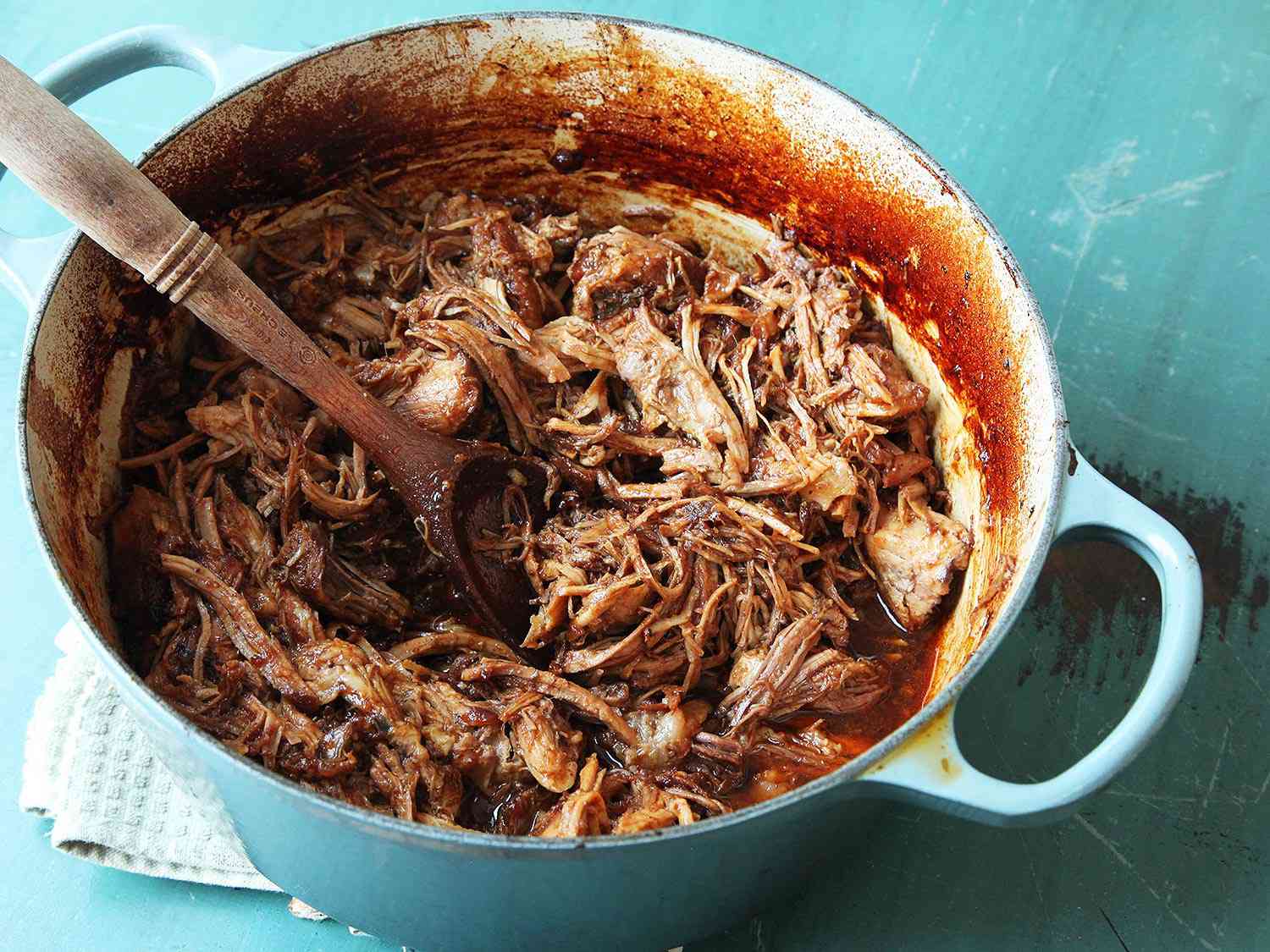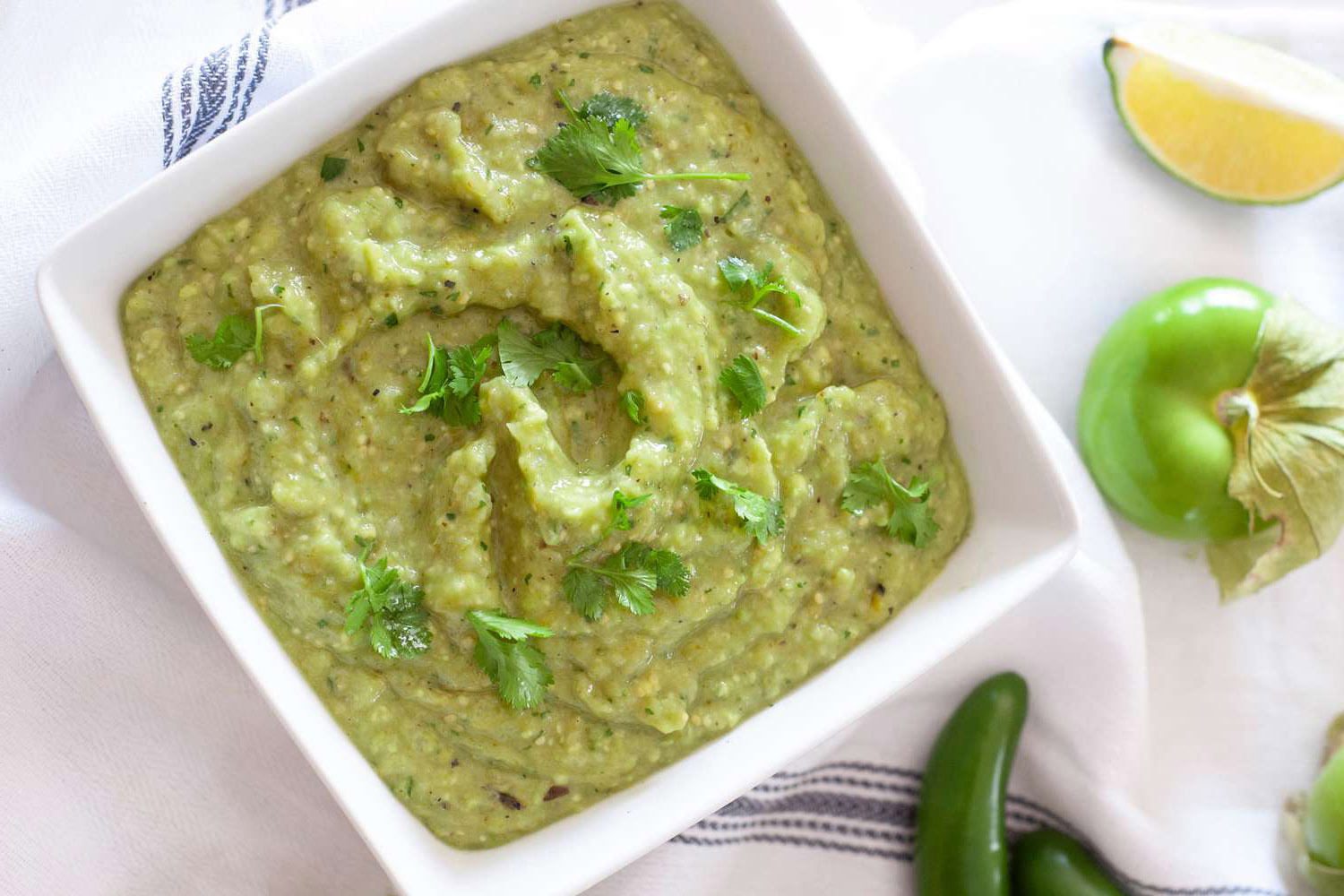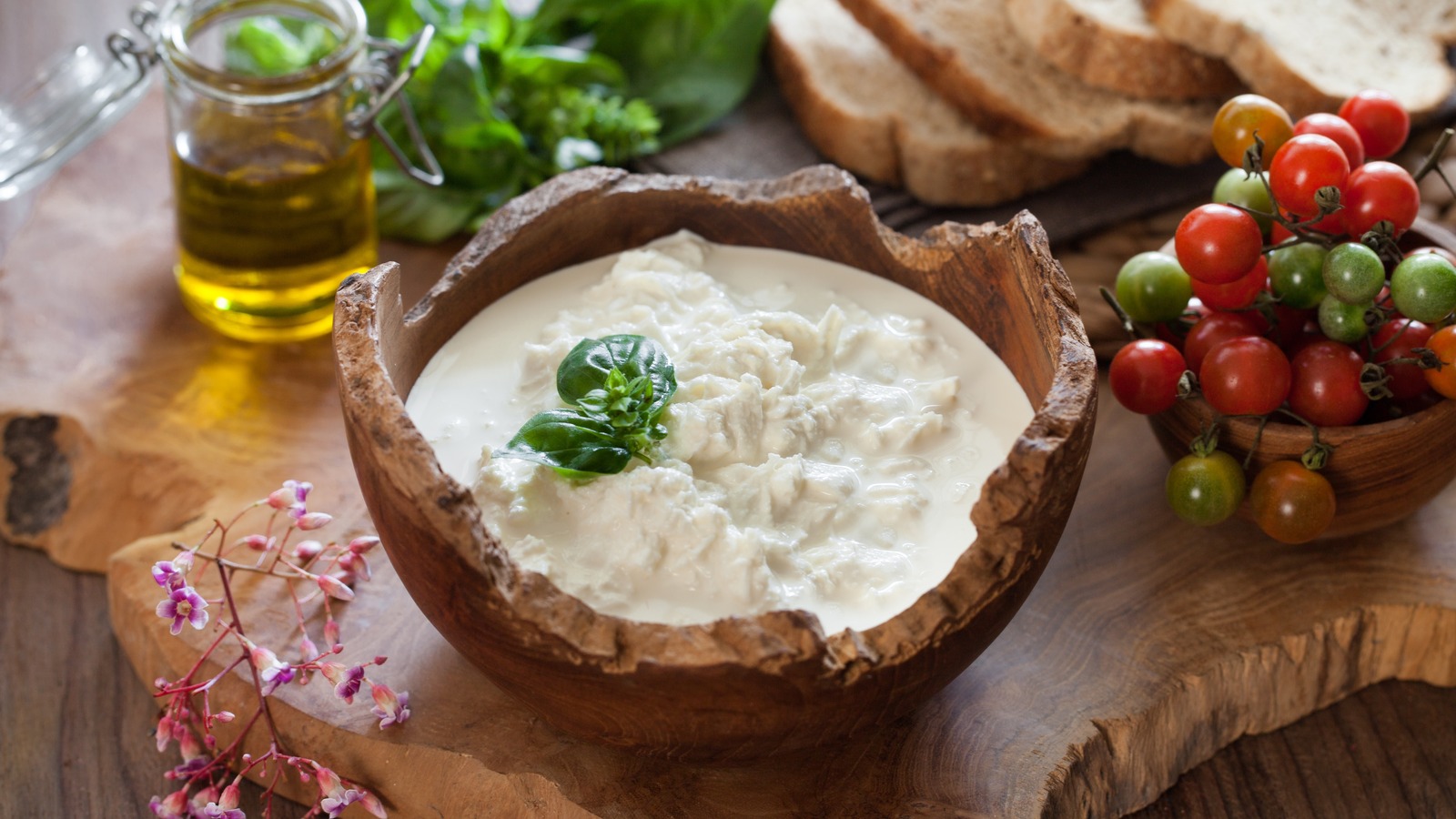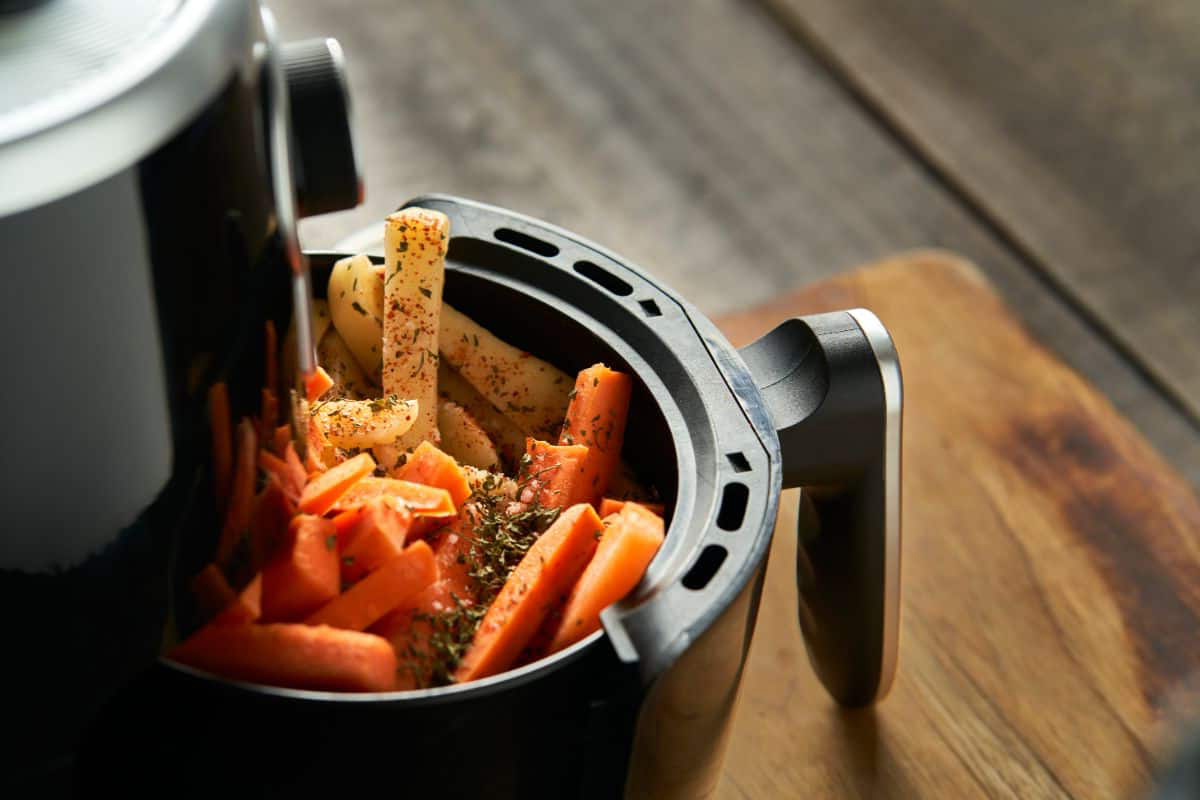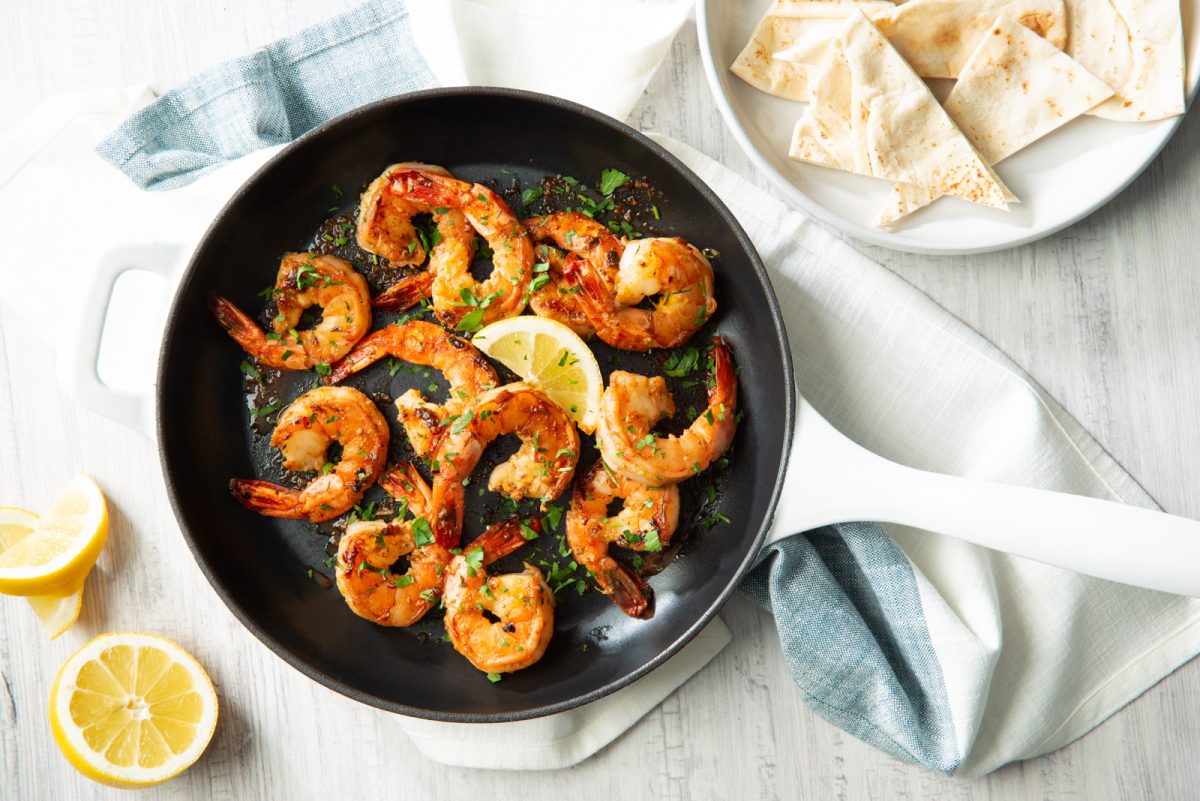When it comes to Japanese cuisine, one of the most popular and well-loved dishes is sashimi. This delicacy has gained popularity all over the world, but what exactly is sashimi? In this article, we'll explore the origins of sashimi, its key characteristics, and how it differs from other similar dishes.
What is Sashimi?
Sashimi is a traditional Japanese dish that consists of thinly sliced, fresh, raw fish or seafood. The word "sashimi" actually translates to "pierced body," which refers to the way the fish is traditionally served – sliced into thin pieces and often presented in an artistic and visually appealing manner. Unlike sushi, sashimi is not served with rice, and it relies on the quality and freshness of the fish to shine.
The History of Sashimi
Sashimi has a long and rich history in Japanese cuisine. It is believed to have originated in the Kansai region of Japan, where fishermen would slice their catch and consume it fresh from the sea. Over time, the art of preparing sashimi evolved, and it became a staple in Japanese culinary traditions. Today, sashimi is enjoyed not only in Japan but also in restaurants around the world.
Key Characteristics of Sashimi
- Freshness: The quality of the fish is paramount when it comes to sashimi. It should be incredibly fresh, often served on the same day it was caught.
- Texture: Sashimi is prized for its delicate and tender texture, which allows the natural flavors of the fish to shine through.
- Presentation: Sashimi is often served in an aesthetically pleasing manner, with attention to detail given to the arrangement of the slices on the plate.
How is Sashimi Different from Sushi?
While sashimi and sushi are often grouped together, they are distinct dishes with some key differences:
- Ingredients: Sushi typically includes vinegared rice, while sashimi consists of just the raw fish or seafood.
- Preparation: Sushi is often prepared with a variety of ingredients, including vegetables and sauces, while sashimi focuses solely on the fish itself.
- Eating: Sushi is often eaten with chopsticks, while sashimi is typically enjoyed with just a small amount of soy sauce and wasabi.
Popular Types of Sashimi
There are many different types of fish and seafood that can be used to make sashimi. Some of the most popular choices include:
- Maguro (Tuna): Known for its rich, buttery texture and deep red color, maguro is a favorite choice for sashimi.
- Sake (Salmon): Sake sashimi is prized for its delicate flavor and vibrant orange color.
- Hamachi (Yellowtail): With its slightly sweet and buttery taste, hamachi is a popular choice for sashimi enthusiasts.
Enjoying Sashimi
When enjoying sashimi, it's important to savor the natural flavors of the fish. A small amount of soy sauce and wasabi can be used for dipping, but it's best to use them sparingly to avoid overpowering the delicate taste of the sashimi. Additionally, it's customary to eat sashimi with chopsticks or by lifting the slices with your fingers.
In conclusion, sashimi is a beloved Japanese dish that celebrates the purity and freshness of high-quality fish and seafood. Its delicate flavors and beautiful presentation make it a favorite among food enthusiasts around the world. Whether enjoyed on its own or as part of a larger meal, sashimi is a true culinary delight that continues to captivate diners with its simplicity and elegance.
Was this page helpful?
Read Next: What Is A Vodka Cointreau Cocktail?


